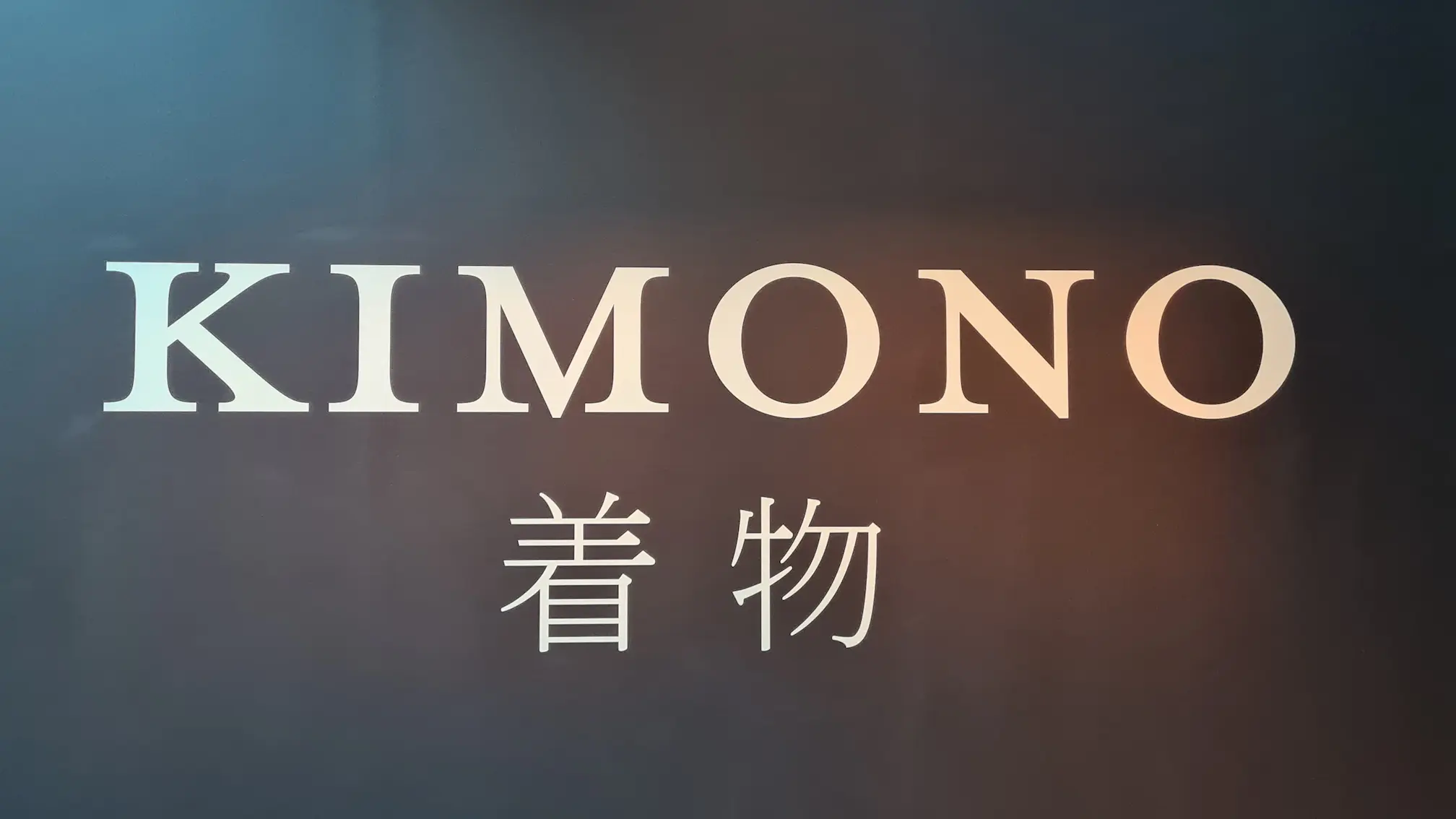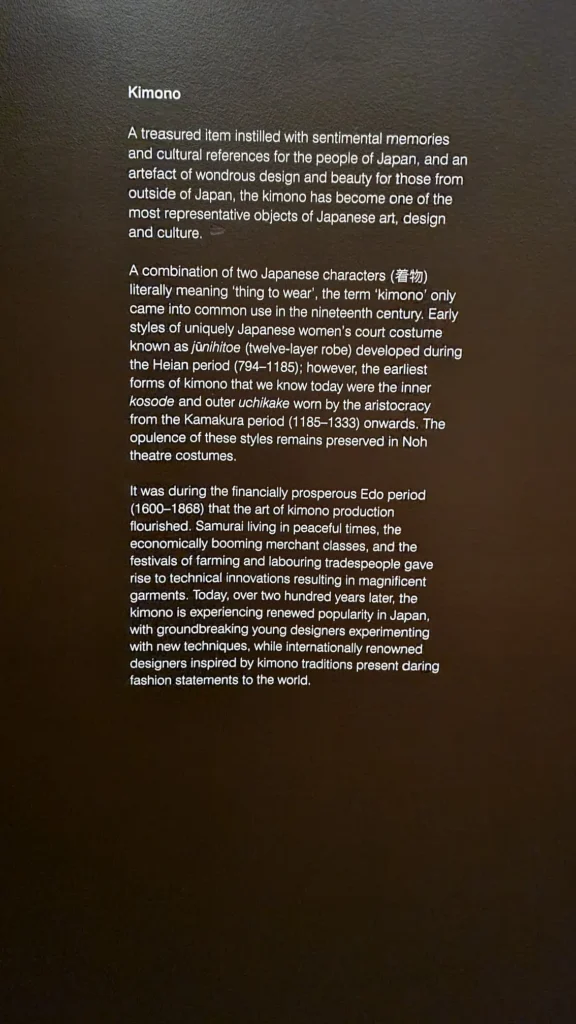
A Cultural Masterpiece Arrives in Melbourne
The National Gallery of Victoria in Melbourne has once again transformed its halls into a global fashion time capsule. This time, it’s for the spellbinding exhibition “Kimono: The Art and Evolution of Japanese Dress.” If you’re interested in Kimono, NGV Melbourne is the place to be. From the aristocratic elegance of the Heian era to Tokyo’s futuristic street fashion, NGV’s showcase at Kimono NGV Melbourne is a breathtaking tribute to one of the world’s most iconic garments.
As you step inside, you’re greeted not merely by displays, but by stories. These are woven in silk, dyed in symbolism, and sewn with generational meaning. More than 100 kimonos, spanning over 800 years of craftsmanship, invite visitors. They witness the transformation of Japan’s most symbolic attire: once ceremonial, now global.
With multimedia, rare textiles, and dramatic staging, the exhibition at Kimono NGV Melbourne blends historical reverence with modern edge. Thus, it highlights how the kimono has never stopped evolving.
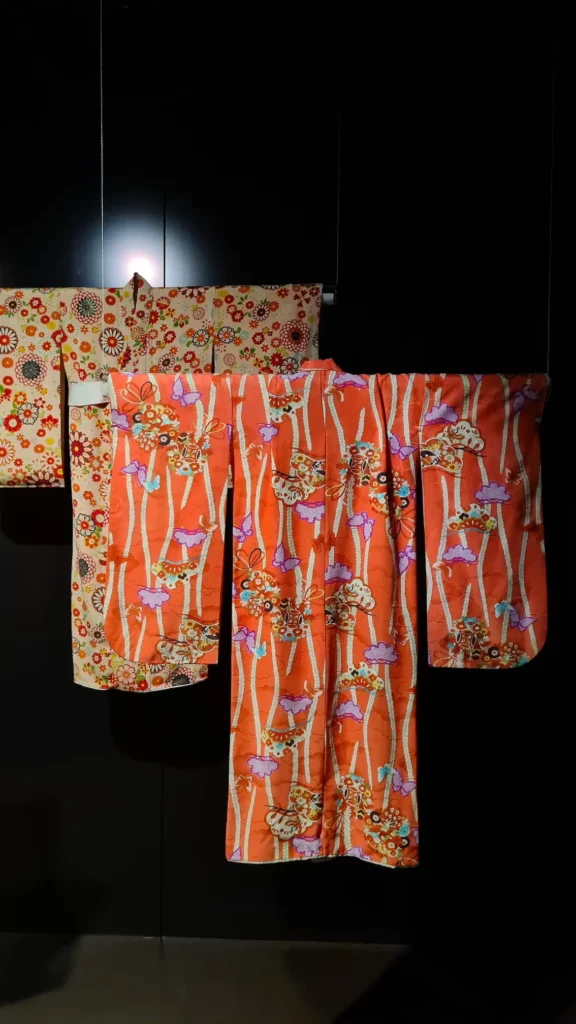
The Story Woven in Silk
More than mere attire, the kimono is a living narrative. It is a cultural manuscript stitched across centuries of Japanese identity. First emerging in the Heian period (794–1185), the kimono’s form evolved from layered court robes into the graceful T-shaped silhouette we recognize today. Worn by nobles, warriors, and artisans alike, it has served as a symbol of status, ceremony, and artistic expression.
Each thread tells a story: of seasonal motifs hinting at poetry, of family crests whispered into the fabric, and of a nation that prizes refinement through simplicity. Even the way a kimono is worn — left over right, the collar set just so — speaks volumes about the wearer’s role and occasion.
From the hushed rituals of imperial courts to the stately processions of Edo-era towns, the kimono has remained an emblem of continuity and grace in a rapidly shifting world.
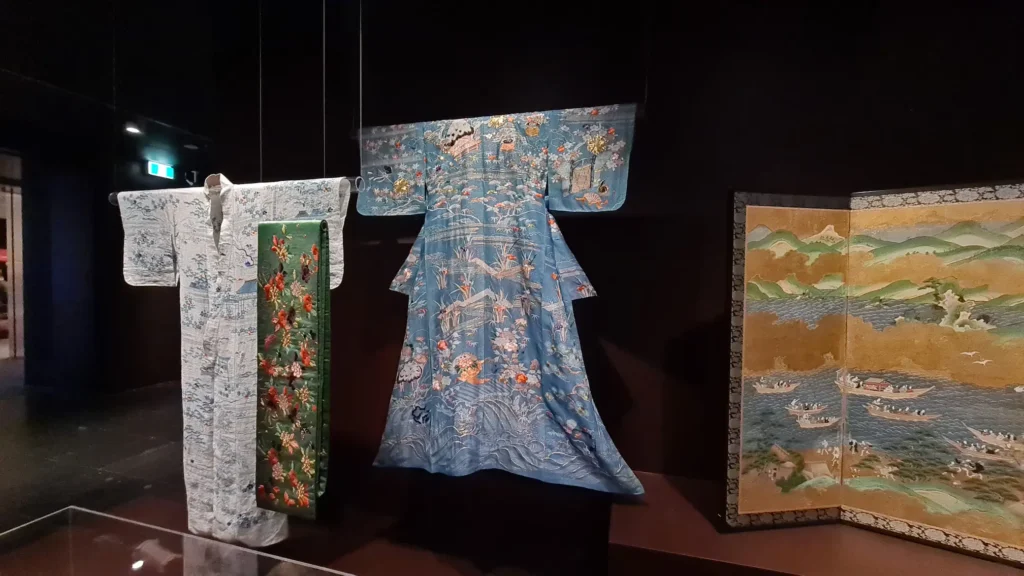
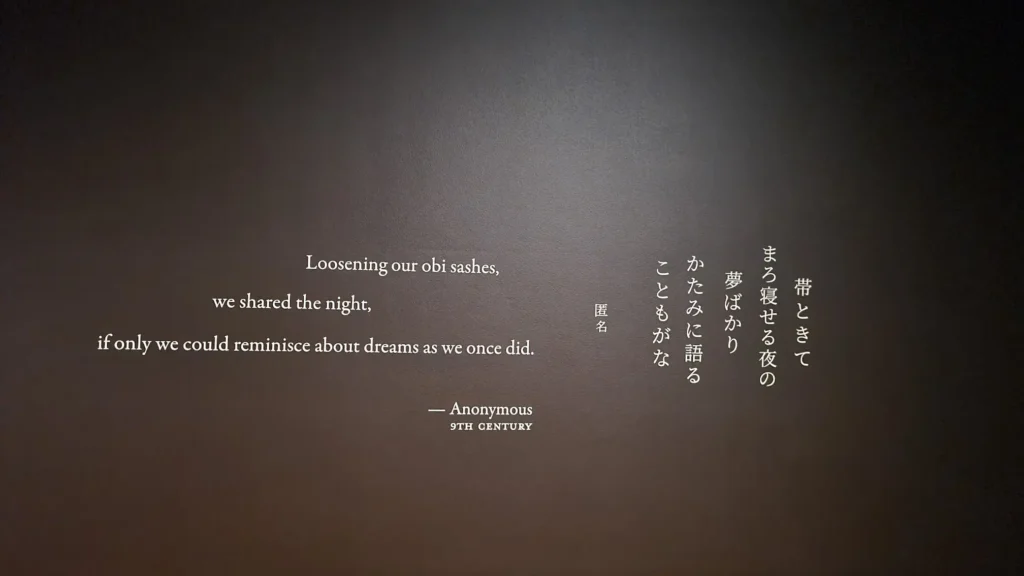
Kimono in the Age of Change: 1930s Reawakening
The 1930s signaled a fascinating chapter in the kimono’s evolution. It was a moment when tradition gracefully nodded to modernity. As Japan’s cities pulsed with jazz, silent films, and the shimmer of neon lights, kimono design embraced subtle shifts. These mirrored the nation’s cultural transformation, as shown in Kimono NGV Melbourne.
The National Gallery of Victoria’s collection from this period captures this interplay of East and West. Influences of Art Deco geometry, stylized florals, and bold color blocking began to appear in patterns. Meanwhile, sleeve lengths and fabric textures reflected an era moving toward streamlined elegance.
Despite Western tailoring gaining popularity among younger generations, the kimono remained deeply embedded in daily life and ceremonial contexts. This delicate balancing act between legacy and innovation is beautifully expressed through the textiles on display.
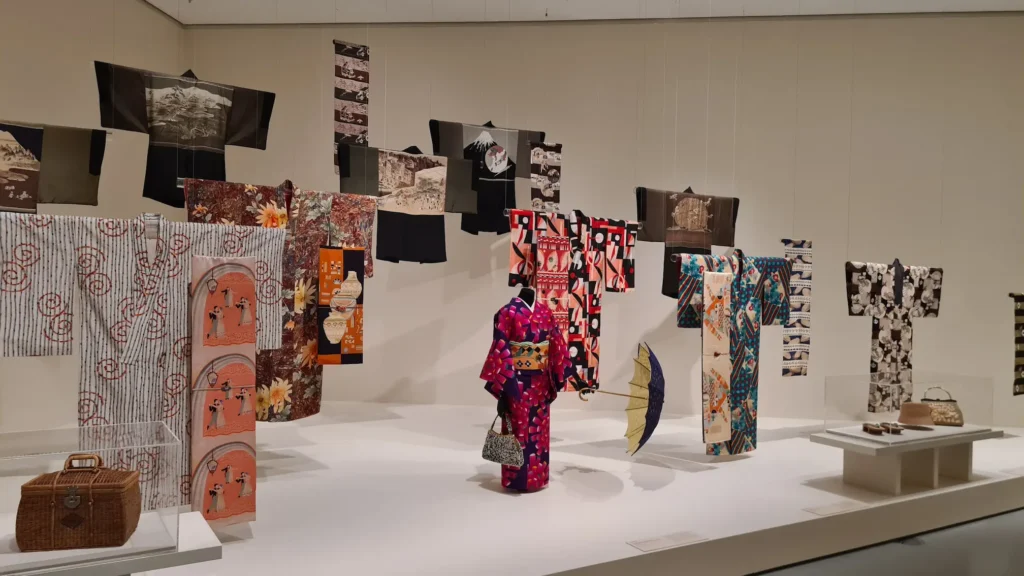
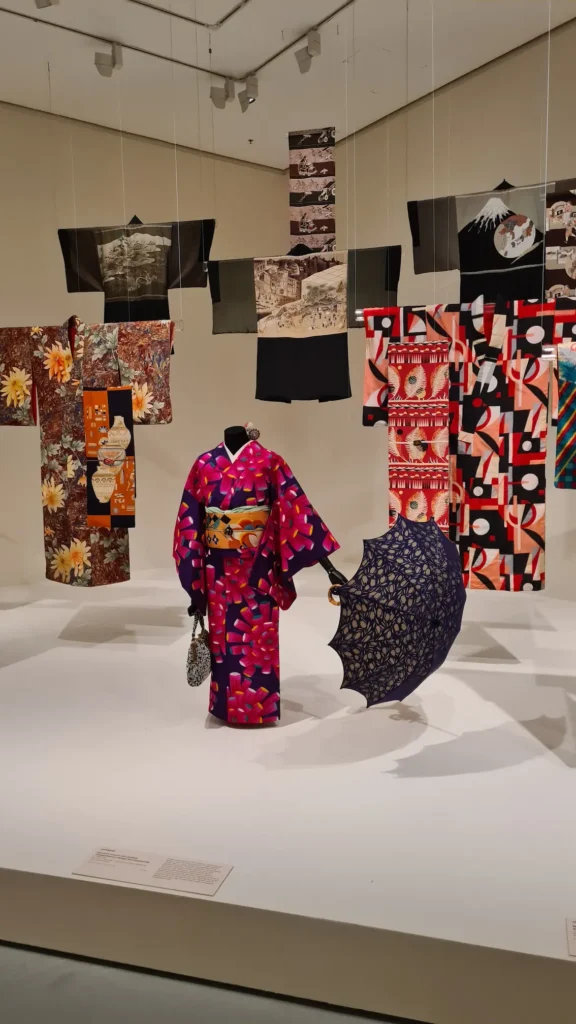
Kimono Now: Global Identity and Reinvention
In the 21st century, the kimono has become more than a garment. It’s a statement, a symbol, and a source of creative tension between past and present.
Across the world, designers from Paris to New York, Kyoto to Harajuku have embraced the kimono as both muse and medium. Its form remains recognizable, but its function is continually reinvented. This includes being layered with sneakers or printed with pop art. It is also reconstructed into coats, capes, and couture.
The NGV’s final gallery rooms celebrate this explosion of interpretation. Through bold silhouettes, unconventional materials, and multimedia installations, we witness how the kimono speaks to gender fluidity, sustainability, and identity in the global fashion conversation. Kimono NGV Melbourne beautifully encapsulates this journey of the kimono.
Whether worn as rebellion or reverence, the kimono remains timeless precisely because it evolves.
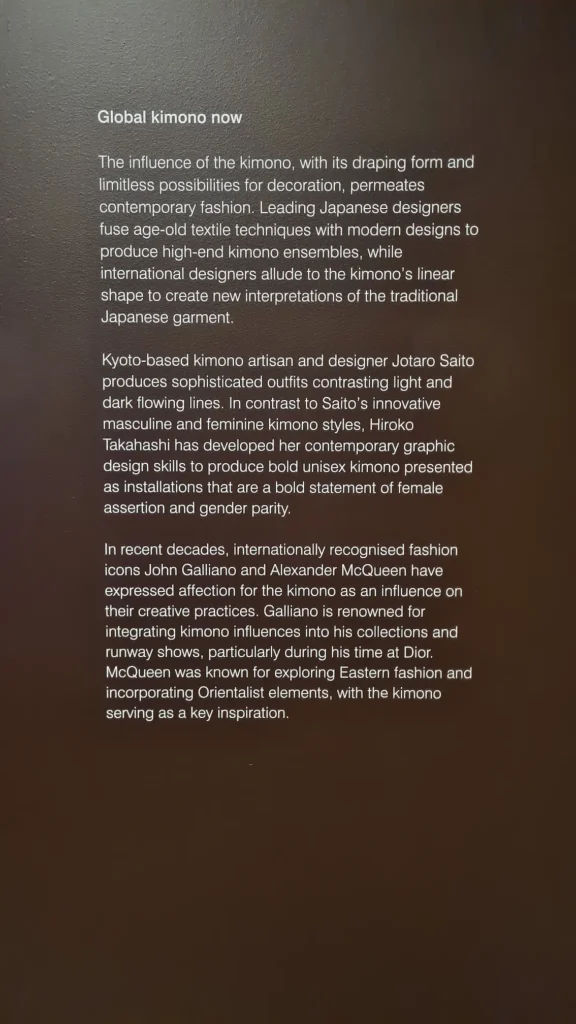
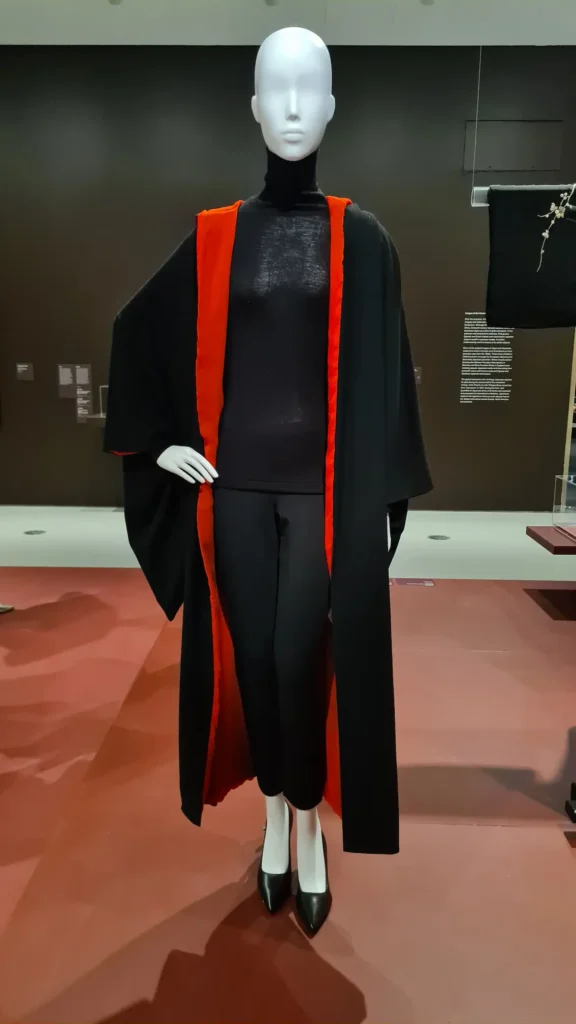
Artistry in Layers: Pattern, Color, and Code
Each kimono is not merely worn, but read. Patterns reflect seasons, color signals class, and embroidery encodes wishes of fortune, beauty, or longevity.
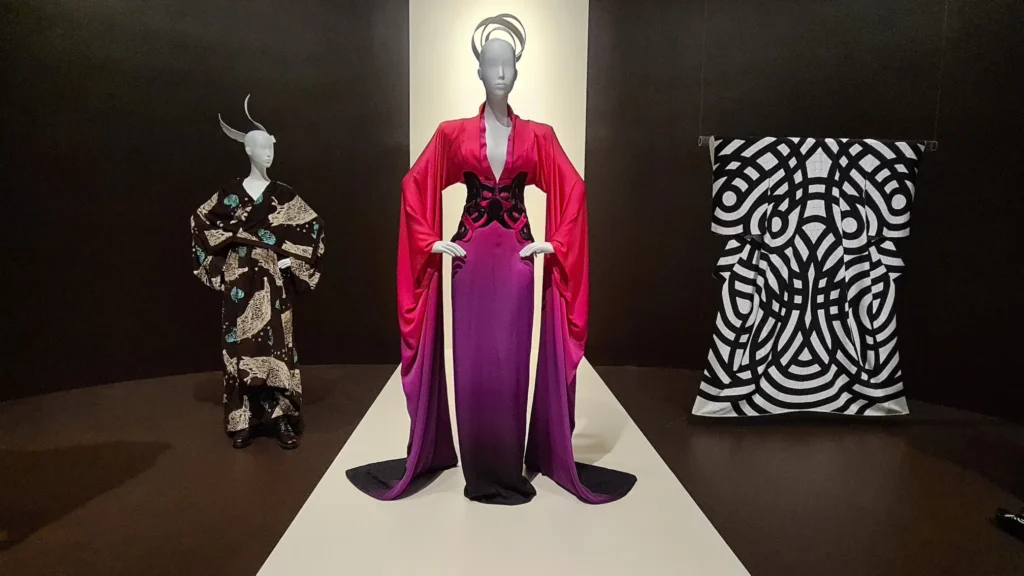
Street Culture Meets Tradition
In perhaps the most playful twist of the exhibit, NGV presents the kimono in the world of Tokyo street fashion. From kawaii aesthetics to deconstructed layering, the youth of Japan breathe new life into centuries-old styles.
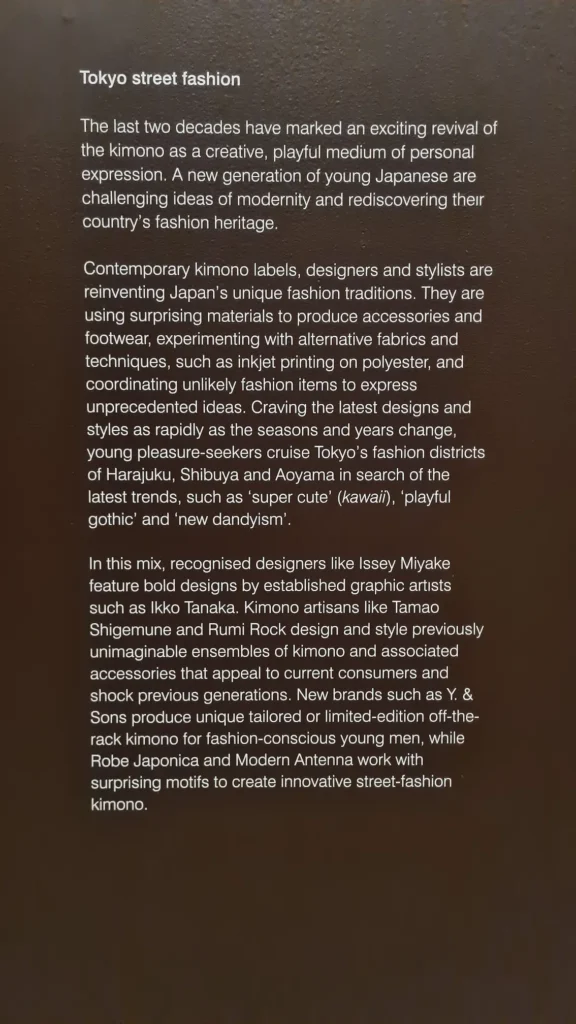

A Timeline of Textile Memory
The exhibition walks viewers through historical panels and visual timelines. It maps not only fashion trends but also cultural and political shifts through the ages.
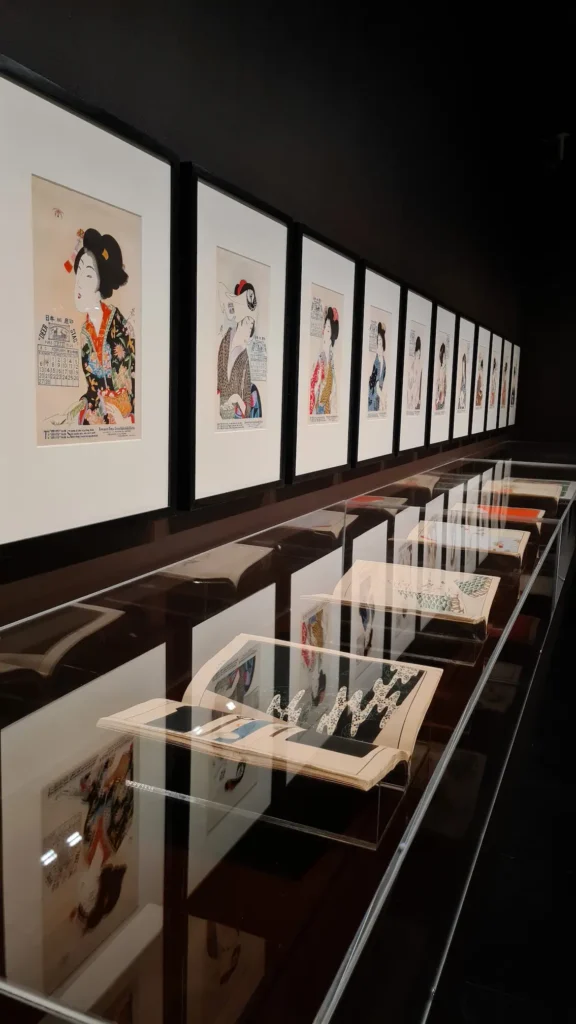
Echoes from the Past
Throughout the exhibit, NGV includes beautifully curated quotes that anchor the kimono not only in fashion, but in philosophy.
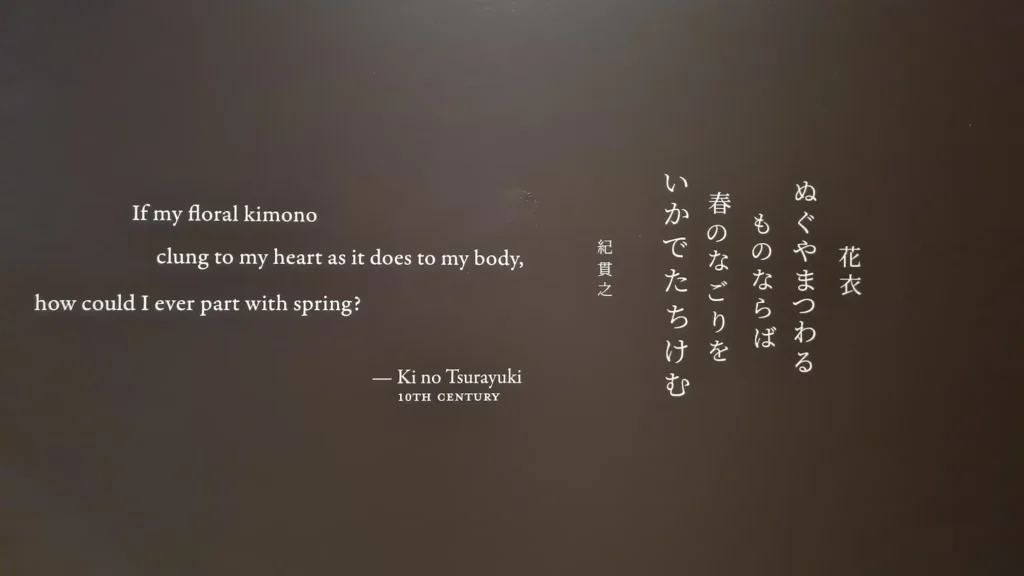
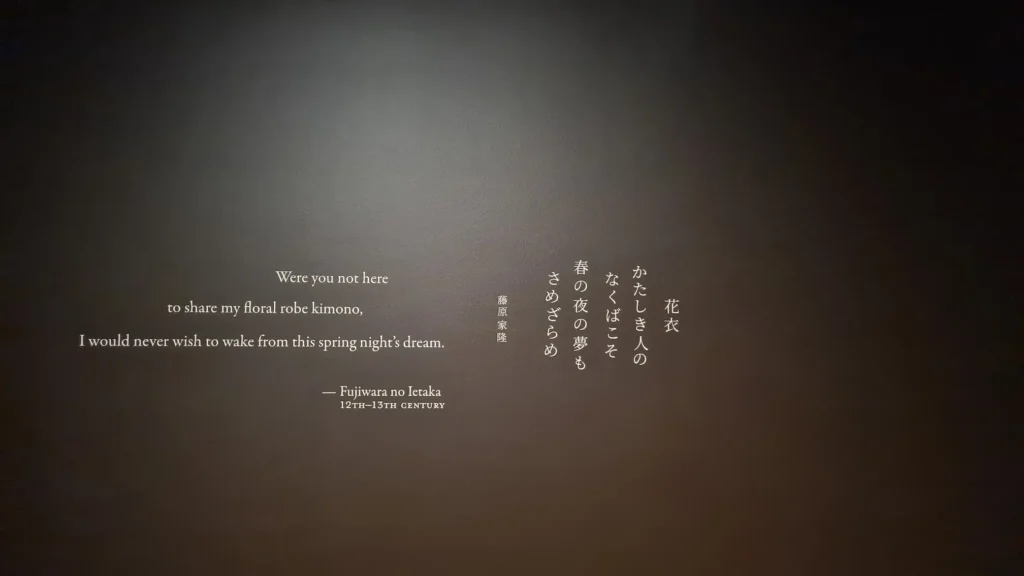
Final Thoughts: More Than Fabric
The NGV’s Kimono exhibition reminds us that fashion can be both armor and poetry. In every fold, there is history. In every thread, there is identity.
“The kimono is a mirror — it reflects the soul of Japan.”
